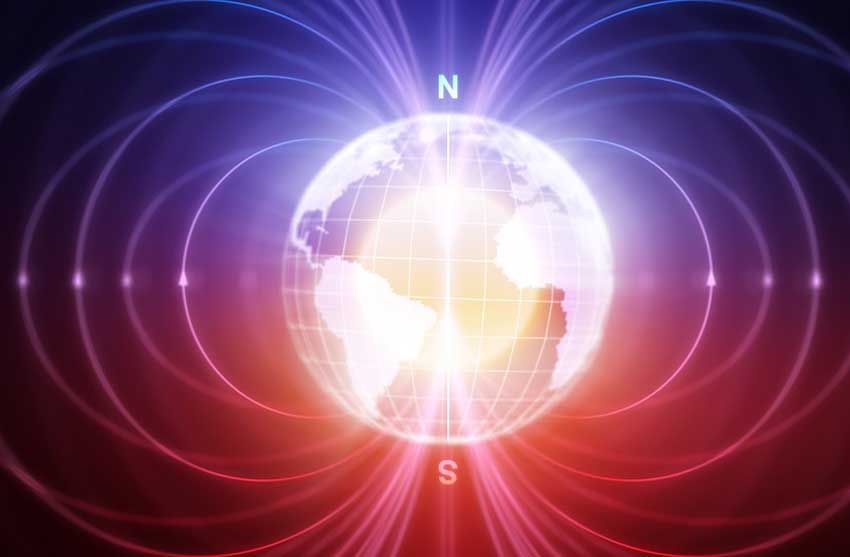NASA released an eerie new sound clip created when waves of solar plasma hit planet Earth’s magnetic field lines. Photos/NASA
NASA turns years of satellite data on Earth’s magnetosphere into sound clips for scientists to use to help make new discoveries. This new audio, released on April 17th, 2023, sounds like it came straight out of a low-budget sci-fi movie.
But it’s actually part of NASA’s new Heliophysics Audiified: Resonances in Plasmas (HARP) project, which transforms data about Earth’s magnetosphere. What is Earth’s magnetosphere, it is the magnetic bubble around planet Earth’s outer atmosphere that protects it from harmful solar storms and radiation from the sun.
The space between Earth and the sun may appear empty, but in fact, it’s filled with plasma, or ionized gas, and other high-energy particles flowing from the sun toward Earth. Be it as a slow-moving solar wind or as a fast burst, during a solar storm.
“When the solar plasma waves hit Earth’s magnetosphere, they create fluctuations, or vibrations, in the shielding of the plasma. This will emit ultralow frequency radio waves,” said NASA as quoted from the Live Science page, Saturday (22/4/2023).
The goal of the HARP project is to allow citizen scientists to listen to sound clips and highlight unusual patterns for researchers to investigate more closely. Turning data into sound helps make it easier for people to find irregularities in patterns.
A team of NASA scientists have made the surprising discovery that early sound contained a pattern that contradicted what they had previously predicted. They have dubbed this unexpected sound the “inverted lute” and will study the intriguing disturbance in greater depth in the future.


